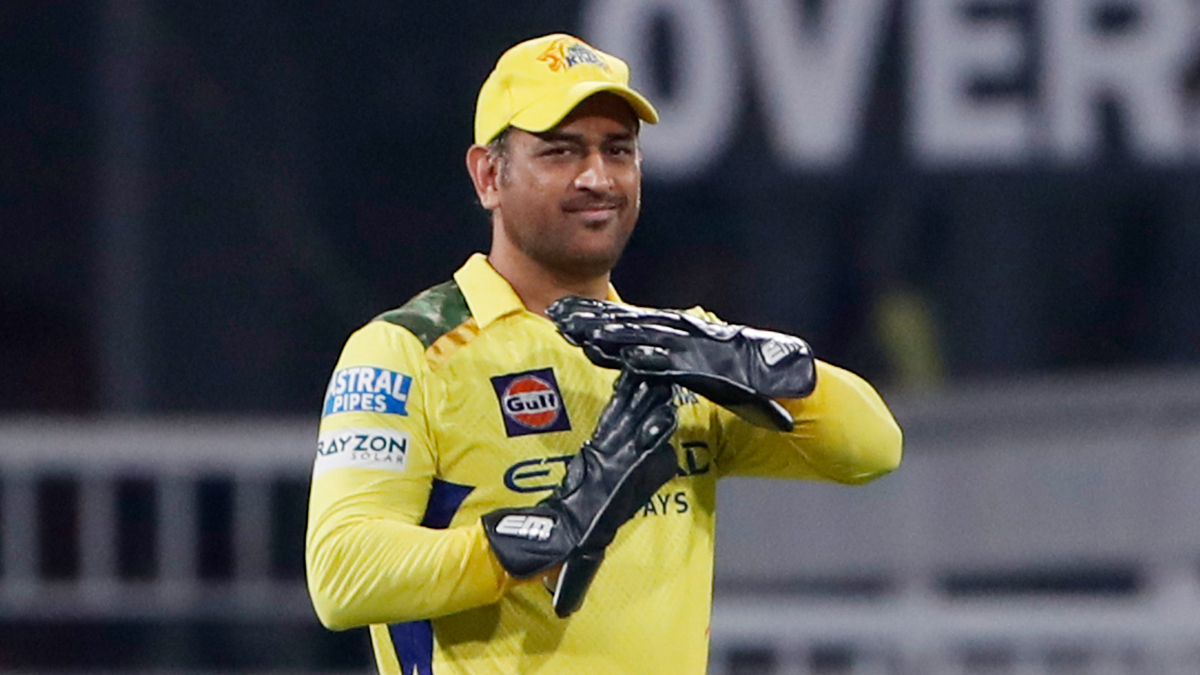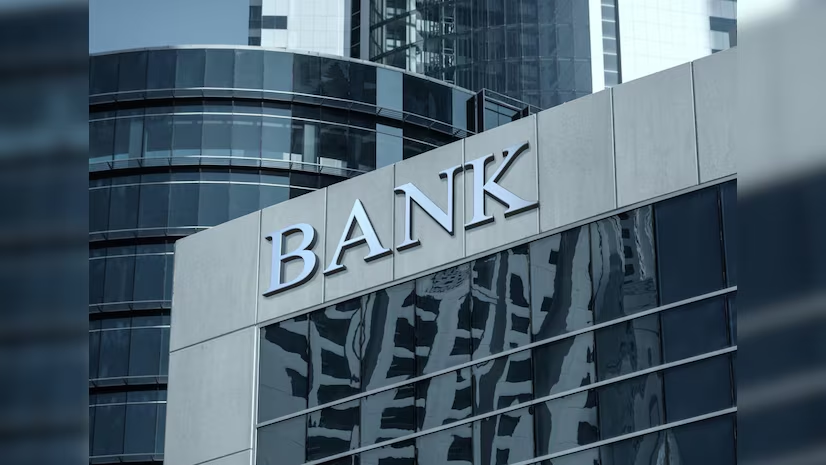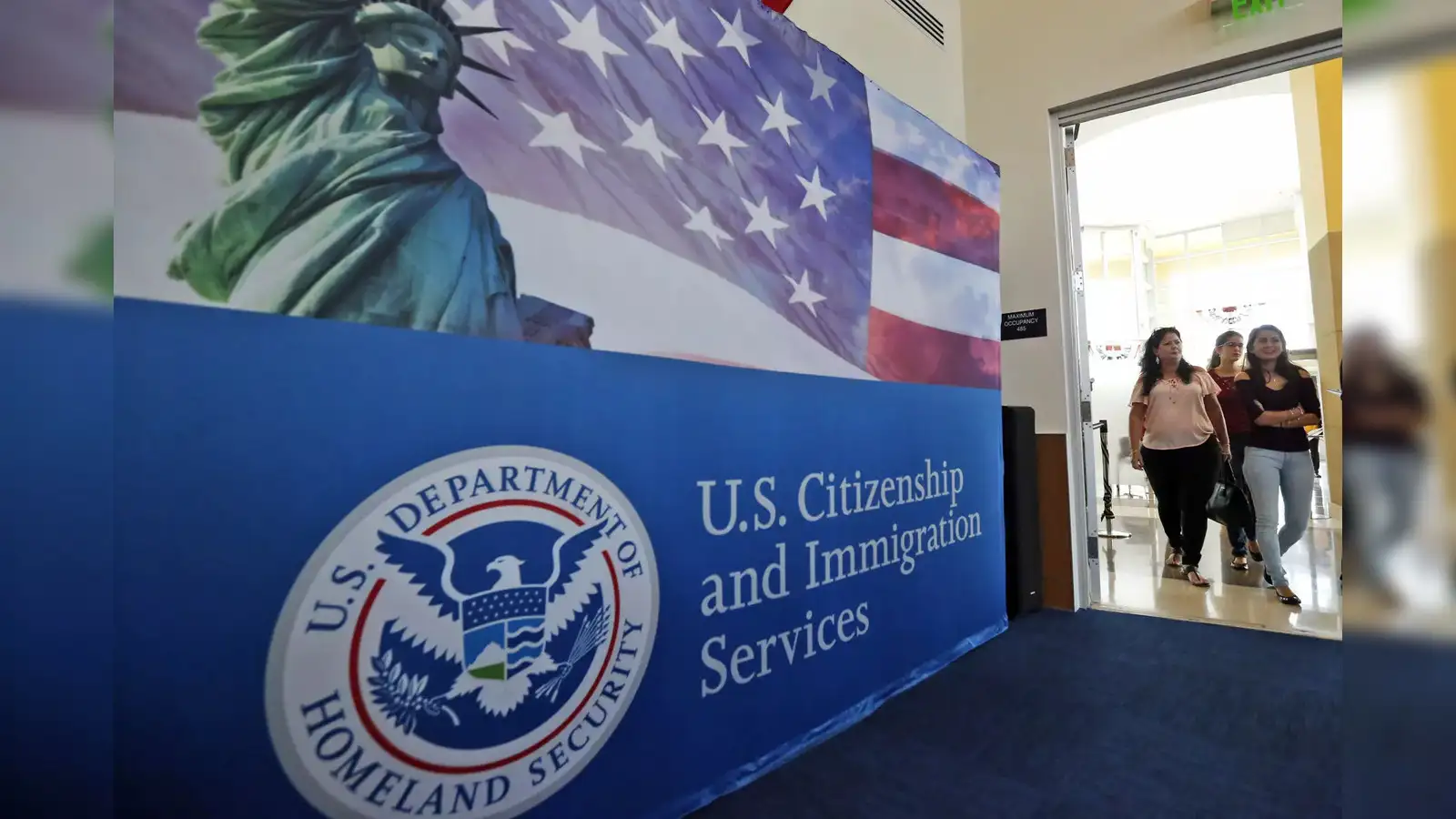The Trump administration’s immigration policies target foreign workers, international students, and those with green cards. Green card holders are being asked to relinquish their immigration rights, students’ visas are being revoked, and their legal authorization to be in the nation is being canceled.
As the Trump administration continues its crackdown, these are seven warning signs for overseas students and workers.
1. Marco Rubio’s Warning
As the Donald Trump administration cracks down on foreign students, US Secretary of State Marco Rubio has said that US visas are a “privilege, not a right.”
Rubio stated in a Fox News opinion piece that U.S. law clearly defines who is permitted to enter the country and who is not. Each year, the State Department’s consular personnel must apply these regulations to each of the millions of visa applicants worldwide. Foreign nationals who assist terrorist organizations, like Hamas, or encourage others to support terrorist organizations are prohibited from obtaining U.S. visas under the Immigration and Nationality Act (INA).
Rubio gave the following example of how visas can be canceled: If the holder of a visa has committed violent crimes or drunk driving, supported terrorism, overstayed their visit, engaged in illegal work, or done anything else that goes against the conditions under which we granted them this privilege or jeopardizes the safety of our fellow citizens, their visa may be revoked.
2. Student Visa Revoked
Due to the revocation of their student visas, international students studying in America are suffering. The government has strengthened its attack on overseas students, revoked entry visas, and terminated their residency status without prior notice.
Their legal status in the US is revoked, which raises the possibility of deportation. Under the current administration, visas are being revoked within hours, whereas previously they weren’t.
The immigration authorities delete the record from the SEVIS system but do not notify universities before canceling visas. A web-based system called SEVIS is used to keep track of data on exchange visits and nonimmigrant students studying in the US.
It is recommended that all overseas students contact the university and request that they proactively monitor the SEVIS system for any updates regarding the revocation of their student visas. If a student’s visa is revoked, they are notified via email. Revocations of visas may be brought about by small infractions, such as drunk driving, or by prior offenses.
3. US F-1 visa Denial Rate Soars
As denial rates rise, the United States has denied a record number of international student visas. In the most recent fiscal year, 41% of US student visa applications were rejected, which is nearly twice the percentage from 2014. This represents a ten-year high. 2.79 lakh (41%) of the 6.79 lakh applications for F-1 student visas that the US received in 2023–2024 were rejected. Compared to 2022–2023, when 2.53 lakh (36%) of 6.99 lakh applications were denied, this is an increase.
4. Post Study Work to End
Optional Practical Training (OPT), which permits foreign students to remain in the nation for up to three years following graduation, is under danger of being discontinued under the Trump administration.
Because of its programs, such as Optional and Curricular Practical Training, which provide brief employment options after graduation, the United States is a popular study location for overseas students.
Since OPT was never formally approved by Congress, policy specialist Jessica Vaughan filed a study to Congress calling for stronger immigration laws, including the potential abolition or tighter regulation of OPT.
Additionally, a measure called the “Fairness for High-Skilled Americans Act of 2025” has been presented in Congress by US politicians to terminate the Optional Practical Training Program. The Optional Practical Training Program, managed by the US Citizenship and Immigration Service, is expected to be ended if authorized by Congress.
5. H-1B Visa and F-1 Visa Revocations
The Trump administration’s recent visa cancellations threaten long-term foreign hiring and international student enrollment, both of which are critical for US firms and universities.
Significant similarities exist between the H-1B and F-1 visas. International students need to apply for an F-1 visa in order to study in the United States. They need to apply for an H-1B visa in order to work for US companies after completing their studies.
If students’ status is revoked and they become immediately unemployed while in the US, it will affect American enterprises.
6. Travel Warnings
Indian nationals, including H-1B employees, overseas students, and Green Card holders, have received a warning from US immigration officials not to travel abroad. After earlier directives to compel older Indian Green Card holders to voluntarily relinquish residency at US airports, US officials are now targeting those who spend the winter months in India.
7. Watching Social Account Activities
The well-known line from George Orwell’s classic 1984, “Big Brother is watching you,” appears to be making a comeback. According to U.S. authorities, Secretary of State Marco Rubio has instructed ambassadors overseas to closely examine the social media posts of specific applicants for student and other types of visas.
8. Green Card Holders
During green card interviews, spouses of US citizens and green card holders are now subject to more stringent scrutiny. Both adjustment-of-status interviews within the United States and consular interviews for spouses residing abroad are being evaluated for more in-depth inquiry, according to immigration lawyers. The legitimacy of the connection, including how the two met and their future plans together, is of particular importance to the officers.
9. Drop Box Applications
The requirements for “dropbox” applications, which forgo visa interviews, have been modified by the US State Department. Previously, if a non-immigrant visa holder’s last visa expired within the last 48 months, they may renew their visas without being interviewed. This time frame has been reduced to 12 months for those renewing a visa in the same category. Due to this change, there are more in-person interviews, which delays the stamping of visas.
The new rules have had the biggest impact on F-1 student visa holders converting to H-1B work visas and H-1B holders requesting an extension if their previous visa expired more than a year ago.
In the past, these people could renew their visas without having to appear in person for an interview. The procedure is now longer, more complicated, and more likely to be delayed because they must schedule an in-person appointment.
10. Immigration Ombudsman Office Closed
The Office of the Citizenship and Immigration Services Ombudsman, ( CIS Ombudsman) which has assisted thousands of immigrants in resolving issues with their visa and green card applications, has essentially been shut down as a result of the Department of Homeland Security (DHS) placing employees on administrative leave.
When delays threatened their legal position, holders of H-1B visas turned to the Ombudsman for help. The Ombudsman was consulted by international students who were experiencing difficulties getting extensions for Optional Practical Training (OPT). Even for the green card holders who encountered delays owing to complicated background check issues or procedural faults gained support from the Ombudsman.
As a public-USCIS connection, the CIS Ombudsman helped people and employers resolve difficulties, engage the public, and uncover flaws with the immigration system. The Ombudsman also made recommendations to improve these concerns. Green card holders, H-1B visa holders, and international students are now at sea.









